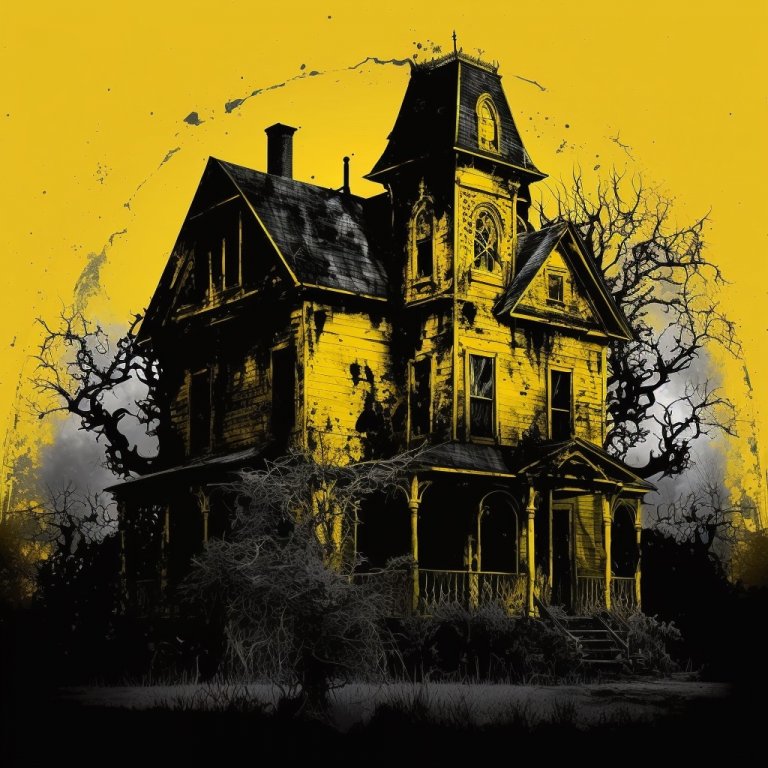The New England Vampire Panic

Why Did They Burn The Heart of A Cadaver in New England?
We imagine that vampire hysteria was mainly located in Central and Eastern Europe, but that is not so. There were vampire epidemics in the United States of America too. In the 19th century, there was an outbreak of tuberculosis in Rhode Island, eastern Connecticut, southern Massachusetts, Vermont, and other parts of the New England states. This led to the New England vampire panic.
For context, “Dracula” by Bram Stoker was published in 1897 and “Carmilla” by J S Le Fanu in 1872 and “The Vampyre” by John Polidori in 1819, so the idea of the vampire was known to English speakers during the early to late 19th century.
On September 26, 1859, Henry David Thoreau wrote in his journal:
“The savage in man is never quite eradicated. I have just read of a family in Vermont—who, several of its members having died of consumption, just burned the lungs & heart & liver of the last deceased, in order to prevent any more from having it”
When people from rural Rhode Island moved west into Connecticut, the people there thought they were “uneducated” and “vicious.” This was partly because the people from Rhode Island believed in vampires. However, as we shall see, it wasn’t just Rhode Island that believed in vampires.
The New Englanders belief in vampires seems solely to have been due to the superstitions about tuberculosis. There is an interesting belief about tuberculosis, called then mainly consumption. I had thought it was thus named because the disease consumed the sufferer, but it was actually stranger than this.
It is now known that it is caused by bacteria, but until the late 1800s, no one knew what caused it.
People used to think that consumption was caused by the dead eating the life of their living relatives. In order to identify the culprit, local folks held an exhumation of those who had died and examined their remains.
Bodies were dug up and their organs burned in a ritual to stop the “vampire” from attacking the local people and stop the disease from spreading. Cases like those of Mercy Brown in Rhode Island and Frederick Ransom in Vermont got a lot of attention and talk across the country.
This is clearly not the blood-drinking vampire of modern lore, but it is still a person who lives on after death and consumes the living, causing them to die. It does then seem to be a kind of vampirism.
The infection spreads easily within a family, so when someone died of consumption, other family members often caught it and got sicker over time. People thought that this was because the TB patient who had died was taking the life out of their kin.
In New England and Europe at that time, a lot of people thought that this was how consumption spread. There were many newspaper accounts of these so-called vampire cases and the public had a predictably ghoulish interest in them, much as they would today.
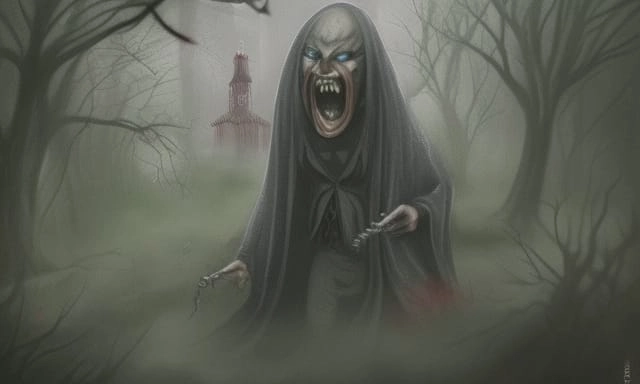
The Mercy Lena Brown Case
In 1892, in Rhode Island, US, there was a case of a vampire named Mercy Lena Brown. It is one of the best-documented cases of a body being dug up so that rituals could be done to get rid of a vampire.
The mother, Mary Eliza, died of the disease first. Then, in 1884, their oldest daughter, Mary Olive, died of the same disease. In 1891, the disease also spread to Mercy, the daughter, and Edwin, the son. Mercy Brown, who was 19, died in January 1892.
Friends and neighbours of the family thought that one of the dead Brown family was a vampire. They thought that dead person was the one who made Edwin sick.
George Brown was persuaded to let the bodies of some of his family be exhumed. On March 17, 1892, people from the village, the local doctor, and a newspaper reporter dug up the bodies.
Both Mary and Mary Olive’s bodies showed the right amount of decay, so they were not thought to be the cause. But the body of a daughter named Mercy showed almost no signs of decomposition, and her heart still had liquid blood in it.
This was seen as a sign that the young woman was still alive and was to blame for what was happening to Edwin.
Most likely, her body didn’t break down because it was kept in a freezer-like environment for two months after she died. This was done in an above-ground crypt.
As superstition maintained, Mercy’s heart and liver were burned, and the ashes were mixed with water to make a tonic. The son Edwin, who was sick, was given the tonic to drink in an attempt to cure him and stop the undead from affecting him. Two months after that, the young man died.
After Mercy’s body had been cut up, what was left of it was buried in the cemetery of the Baptist Church in Exeter.
The case of Mercy Brown was the inspiration for “So Runs the World Away,” a short story by Caitln R. Kiernan that talks about the case directly.
Scholars have also said that Bram Stoker, who wrote the book Dracula, might have read about the Mercy Brown case in the newspaper and based the character Lucy Westenra on her.
It is also mentioned in “The Shunned House” by H. P. Lovecraft.
Frederick Ransom, South Woodstock, Vermont
75 years earlier, Frederick Ransom, who lived in South Woodstock, Vermont, died on February 14, 1817, at the age of 20. He had tuberculosis.
His brother writes.
“Frederick Ransom, the second son of my father and mother, was born in South Woodstock, Vermont, June 16, 1797 and died of consumption February 14th, 1817, at the age of about twenty. He had a good education and was a member of Dartmouth College at the time of his death. My remembrance of him is quite limited as I was only three years at the time of his death… It has been related to me that there was a tendency in our family to consumption… It seems that Father shared somewhat in the idea of hereditary diseases and withal had some superstition for it was said that if the heart of one of the family who died of consumption was taken out and burned, others would be free from it. And Father, having some faith in the remedy, had the heart of Frederick taken out after he had been buried, and in was burned in Captain Pearson’s blacksmith forge. However, it did not prove a remedy, for mother, sister, and two brothers died of that disease afterward.”
His father was afraid that the dead son, Frederick Ransom would attack his family, so he had Frederick dug up and his heart burned on a blacksmith’s forge.
Ransom was a student at Dartmouth College who came from a wealthy family. It was strange that he got caught up in the vampire panic, which was more common in areas with less education. There was a large crowd of onlookers when Frederick Ransom’s heart was burned at the blacksmith’s forge.
Sarah Tillinghast, Exeter, Rhode Island
This story happened in 1799, which is 93 years before the more famous case of Mercy Brown from Exeter, Rhode Island.
Farmer Stuckley Tillinghast had a nightmare that half of his apple trees died and withered away. Stuckley and his family had a successful farm with a thriving apple orchard that they sold apples from.
Stuckley was worried about what the dying orchard meant and whether or not his dream was a sign. He didn’t know what the dream meant, but he soon found out when his daughter Sarah got sick and died quickly from consumption.
Ruth, another of Stuckley’s daughters, got sick soon after Sarah died. This time, though, Ruth said that Sarah was the one making her suffer. Ruth said that Sarah came to her in the middle of the night and sat on different parts of her body, which caused great pain Not long after that, Ruth also died.
The dead Sarah visited all of the Tillinghast children, not just Ruth. After their sister came to them, one by one, Stuckley’s children got sick and died.
Honor, Stuckley’s wife, also started getting visits from Sarah in the middle of the night. When another child got sick, people started to think that the dead were to blame. They decided to dig up Stuckley’s children’s bodies.
The people who lived nearby helped dig up the bodies. Except for one, they had all decomposed the way we thought they would.
Even though Sarah Tillinghurst was the first one to die, her eyes were still open, her heart was full of fresh red blood, and her hair and nails had grown. This seemed to show that the Tillinghast children’s deaths were caused by someone else.
Before putting the bodies back in the ground, they took Sarah’s heart out and burned it on a rock. The boy was too sick to get better, and he died. But the ritual did help his wife, Honor. She got better, and she lived until she was about 86.
Seven of Stuckley Tillinghurst’s fourteen children had died. Stuckley’s dream had come true, but he had lost half of his family instead of half of his orchard.
The Tillinghurst family is buried at the Rhode Island Historical Cemetery Exeter #14, which is on Forest Hills Drive in Exeter.
The cemetery is only 2.5 miles away from Mercy Brown.
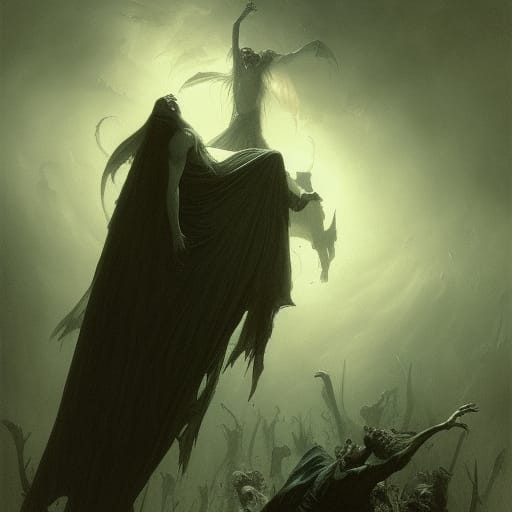
Nancy Young, Foster Rhode Island
The next time a vampire was seen in Rhode Island was around 1827. This was Nancy Young who also died of consumption.
Nancy Young was the oldest daughter and second-oldest of Capt. Levi Young and his wife Anna’s eight children. After Captain Levi Young retired from the military, he moved to a farm in Connecticut. When Nancy was old enough, she took on the job of keeping the farm’s books.
Nancy got sick out of the blue when she was 19 years old. At first, the family thought it was just a cold, but then they learned it was consumption. She stayed in bed for a month until she finally died of tuberculosis.
One by one, the Young family got sick, starting with Almira and her siblings. Their sickness has the same symptoms as Nancy’s sickness. Captain Young thought it was a sign of the dead coming back to life. He dug up and burned the body of his oldest daughter, Nancy. He told the sick family member to stand next to the fire and breathe in the smoke, thinking that it would cure them and keep the rest of the family from getting sick.
But Almira died on August 19, 1828, when she was only 17 years old. Only 3 of his 8 children lived to grow up.
The Spaulding Family, Dummerston, Vermont
The next story is about Lieutenant Leonard Spaulding’s family in Dummerston, Vermont, which is about 5 miles north of Brattleboro.
Even though Lt. Spaulding’s children, especially his sons, grew up to be big and strong, all but one or two of them died of consumption before they turned 40. They only got sick for a short time. People who remember the event say that after six or seven of the family died of consumption, another daughter died of what was thought to be the same disease. People thought she would die, and a lot was said about how so many people in her family had died of consumption even though they all seemed to be in good health and would live a long time.
In those days, people believed that a vine or root grew from one coffin to the next of those from the same family who died of consumption and were buried next to each other.
When the vine reached the coffin of the last person buried, another member of the family would die. The only way to stop the effect was to break the vine and burn the vitals of the last person buried.
So, the body of the last child buried was dug up, the organs were taken out and burned,.
After this, it is said that the sick daughter got better and lived for a long time.
Rachel Harris, Manchester, Vermont
Captain Isaac Burton was a congregational minister. Rachel Harris, Captain Burton’s first wife, died in 1790. She is buried in Factory Point Cemetery, which is a historic cemetery owned by the Town of Manchester and cared for by the town.
“She was, in the words of someone who knew her well, a “fine, healthy, beautiful girl.”
Soon after they got married, she got worse, and after about a year, she died of consumption. After a year or more, Capt. Burton married Hulda Powel. Hulda was a healthy, pretty girl, but soon got ill.
She got sick soon after they got married, and when she was nearing the end of her illness, family members and friends became obsessed with her. They started to believe that if the vital organs of the first wife could be burned in a charcoal fire, it would cure the sick second wife.
Their strange idea was so strong that they dug up the first wife, who had been dead for about three years. They took out what was left of the liver, heart, and lungs and burned them to ashes in Jacob Mead’s blacksmith shop.
There were between 500 and 1000 people there at the ghastly ceremony.
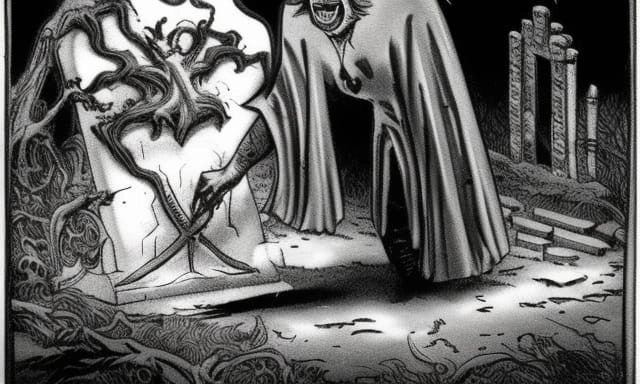
The Ray Family, Jewett City, Connecticut
The Ray family is buried in a cemetery in Jewett City, Connecticut, that is out of the way. In the middle of the 1800s, several family’s members died of consumption. People thought that the sickness was caused by something supernatural. The dead were looked at with suspicion, and drastic steps were taken.
Before consumption destroyed the family, it comprised Henry B. Ray, his wife Lucy H., and their four sons. Lemuel Billings Ray, their 24-year-old son, was the first to get sick with the disease. He died on March 9, 1845. Then there was Henry B., who died on July 3, 1849, just a few days before he turned 53. Then, on February 1, 1851, Elisha H., 26 years old, was taken. Three people in the family died in six years.
Unfortunately, the Rays’ bad luck did not end there. In 1854, Henry Nelson Ray, the third son, began to show signs of consumption, which was fatal. People were so scared that they turned to folklore and thought that the dead were eating the living. People thought that as long as even part of this hungry corpse was still there, the family would be in danger. So, on May 8, 1854, a group of people got together at the Jewett City Cemetery.
This group comprised the Ray family, their friends, and other people from the community. Both Lemuel and Elisha’s bodies were taken out of the ground and burned there. The attempt to stop the sad progression of addiction, however, failed. In the same year, Henry N. Ray died at 34. Sad to say, the disease also killed his wife and children.
In Jewett City Cemetery, the graves of Henry B., Lucy, Lemuel, and Elisha are all close to each other. Their gravestones are pretty visible and easy to read. The markers are near the flagpole on the right side of the centre path, which starts at the main gate and leads to the flagpole. The sources don’t say where the cremation happened in the cemetery, but it was probably in an open area near the graves.
The Barber Family, Griswold, Connecticut
In 1990, three boys playing near a sand and gravel pit in Griswold, Connecticut, pulled two human skulls out of the newly dug ground in what was later found to be the Walton Family Cemetery.
Soon after, the ground was dug up, and the bones of a man with the initials JB55 written on his coffin were found, along with the graves of 26 other people.
Old farm cemeteries are common in New England, and this one wasn’t particularly interesting, except for the fourth grave.
In 2012, Abigail Tucker wrote in Smithsonian magazine that the coffin contained a body whose skull had been cut off the spine and placed on a broken chest along with the femurs to make a skull and crossbones. Someone dug up JB 55 after he had been dead for about five years and tried to take his heart out as part of a ritual to stop a suspected vampire from preying on the living.
In the 1990s, JB55’s bones were looked at, and the results showed that he was a man in his 50s who most likely worked with his hands. The work on his skeleton also showed one more important thing about him. Either consumption or tuberculosis killed him. This was clear because there were sores on his ribs.
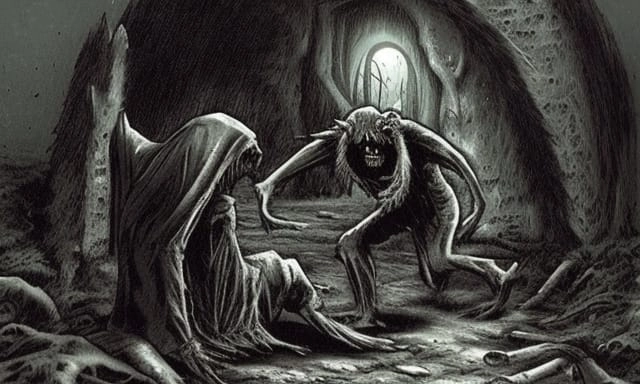
The New England Vampire Panic: Conclusion
It seems that this belief in a cure for a deadly disease that didn’t actually work was once very common in New England.
Once again, as with the Salem Witch Trials and the excesses of McCarthyism and Nazism, we see how a population of ordinary, decent folk can lose their minds and end up doing irrational things when driven by fear of an unseen enemy, such as tuberculosis.
It seems to keep on happening and people you know and respect suddenly get possessed by an irrational fear and won’t listen to reason. The reasonable voices are seen as the enemy because they talk down the apparent ‘cure’ to the problem such burning out the heart of a cadaver or drinking an elixir made from its body parts, even when in retrospect that seems such an insane thing to do.
Those dissenting voices are then silenced by the majority.
Let’s leave it to Kipling:
If you can keep your head when all about you
Are losing theirs and blaming it on you,
If you can trust yourself when all men doubt you,
But make allowance for their doubting too;
If you can wait and not be tired by waiting,
Or being lied about, don’t deal in lies,
Or being hated, don’t give way to hating,
And yet don’t look too good, nor talk too wise:
Rudyard Kipling: If
Other Articles You Might Like
Is The Hawthorne Hotel In Salem Really Haunted?
The Amityville Horror: Did The Bad Pig Ghost Really Make Them Do It?



